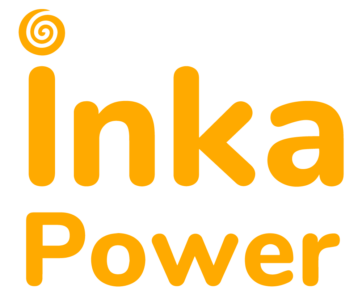Cultivated for thousands of years, it is considered the sacred grain and «the mother of all grains» for its health benefits and nutritional characteristics.
It has an exceptionally nutritious balance of protein, healthy fats, oils, starchy carbohydrates, dietary fiber, phosphorus, magnesium, and iron.
Quinoa protein is high, averaging 14%, it contains a combination of a higher proportion of important amino acids: isoleucine, leucine, lysine, phenylalanine, tyrosine, cysteine, methionine, threonine, histidine, tryptophan and valine; It serves as a replacement for animal proteins.

Quinoa Processing:
After its harvest, it is transferred to the field warehouses, where it complies with a strict quality control analysis, then it undergoes a mixed process of deponinification (scarification, washing) to eliminate 100% saponin, it is classified, selected and packed with a purity of 99.997%, absent of stones, and other contaminants.
Quinoa has different varieties and colors: White quinoa is the best known and the most commercialized, followed by red and black quinoa. There are more than 3,000 thousand varieties, with slight differences in terms of nutritional properties, flavor, texture, production areas, size, color.
White Quinoa:
(Presentations: Grain, flour, flakes, gelatinized powder, precooked grains).
For the consumer simply white quinoa, it is the one that is most present in the market, pearl white with slight variations in tonality and sizes, contains fewer calories than the others (160 calories per ¼ cup). It is also the one with the least carbohydrates and contains large amounts of vitamins and minerals (¼ cup of white quinoa provides 15% of the recommended intake of iron, 2% calcium and 4% vitamin A)
Thanks to its delicate flavor and light and fluffy texture, it is the most versatile variety, perfect as a base for purées, soups, salads, as a substitute and/or complement to rice.
Varieties: White Junín, yellow marangani, real, altiplano, etc., Planted in Peru between 3,000 and 4,000 meters above sea level; production 5-6 months; Harvest between April to July.

Red Quinoa:
(Presentation: In grain, flour, flakes, gelatinized powder, precooked grains).
Red quinoa has similar properties to white quinoa: It is low in calories, rich in protein and highly nutritious; it contains less fat and is the highest in carbohydrates, which makes it an excellent food for athletes because it provides energy, strength and endurance. Compared to white, red quinoa provides a slightly higher amount of protein and is also richer in riboflavin.
It requires slightly more cooking time than the white one and once cooked its flavor is more intense. The strong texture of red quinoa allows it to hold up very well when cooked, an excellent ingredient for cold salads, it can be used very well as flakes, mixed with other grains, its color is very attractive for decoration in desserts, cold dishes.
Red variety Pasankalla, planted in Peru between 2,800 and 3,300 masl, production in the field 4 months, harvest between April to June, October to November.

Black Quinoa:
(Presentations: Grain, flour, flakes, gelatinized powder, precooked grains).
Black quinoa has the same characteristics as the other two types of quinoa (in 100 grams of black quinoa there are 38 grams of protein and it has lysine, which stimulates brain cells), however the presence of lithium stands out, that helps regulate stress and reduce depression.
It also has anti-inflammatory and healing properties, this variety is highly appreciated in natural medicine as a natural tranquilizer, requires longer cooking time than the other varieties and its flavor is earthy; This variety is tasty in oatmeal dishes because its crunchy texture contrasts with creamy oatmeal and creates a very striking contrast aesthetically, it is usually added to soft drinks, soups and breads.
EIn the seeding has lower yield is difficult productive process, smaller grain, requires and resists higher height.
Black variety Q oyto, Negra Ccollana; born in Peru between 3300 and 3800 masl; production in field 5 months; harvest between April and June.

Quinua Tricolor:
(Presentations: Grain, flour, flakes, gelatinized powder, precooked grains).
(Presentation: In grain, flour, flakes, gelatinized powder, precooked grains).
Tricolor Quinoa is a blend of white, red, and black quinoa that are just as nutritious as a beautiful mix of colors. 100% grain, quinoa brings a perfect balance of protein, healthy fats, oil, starchy carbohydrates, dietary fiber, phosphorus, magnesium and iron.
The blend percentage is defined by customer preference.


